
Hero 450 RR Dakar Bike - 5 Interesting Facts
- Dec 18, 2017
- Views : 33099

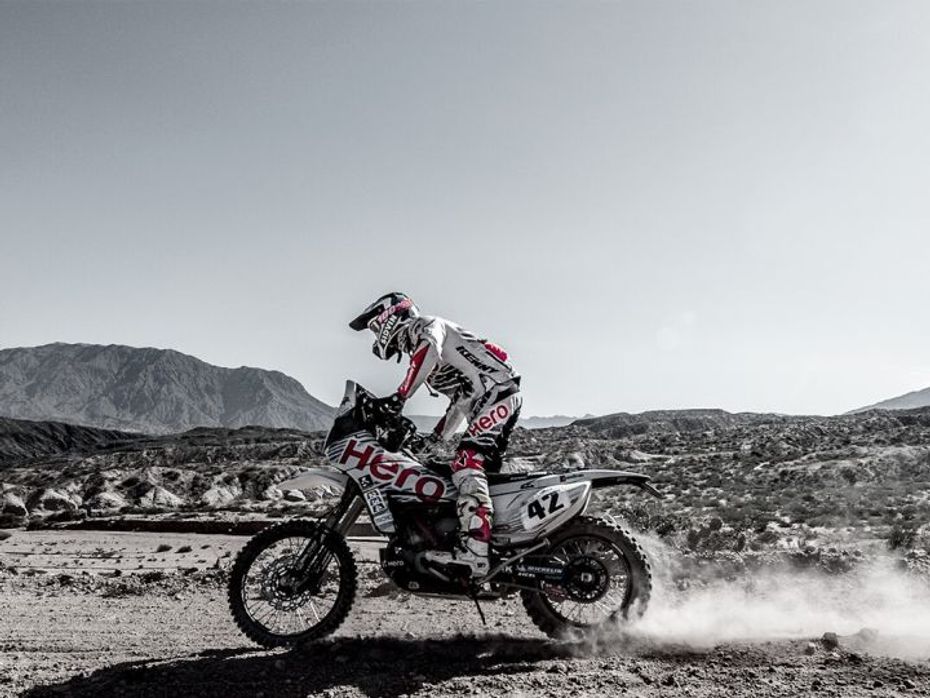
At the recent unveiling of the Hero RR 450 Dakar motorcycle in Delhi, we learnt that the 40th edition of the Dakar Rally is set to be one of the most gruelling experiences ever which requires the riders to be prepped to tackle the challenges in the best way possible. Luckily, the Indian team that consists of CS Santosh, Joaquim Rodrigues and Oriol Mena seem to be ready and in their best shape ever.
Let’s move on to the track then. The task of scrutineering the stages has already begun at the Las Palmas Air Base. It will go on for three days before the competition begins on Saturday, January 6, 2018.
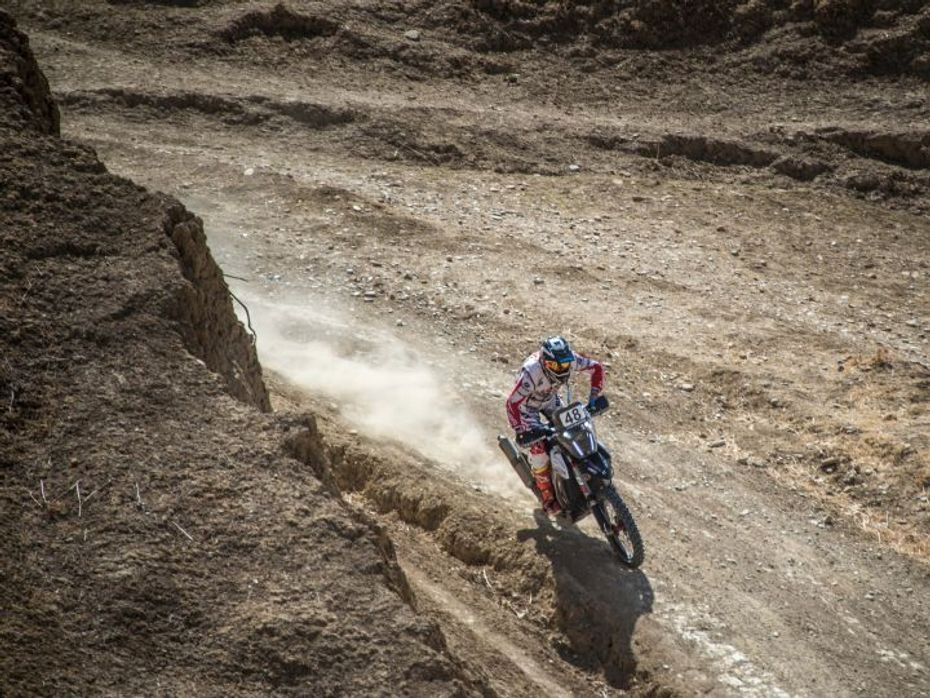
The 2018 Dakar Rally is set to start in Peru and traverses via Bolivia before ending in Argentina. The rally has been divided into 14 stages that takes 15 days to complete and span over 8,300km in total.
The 40th edition of Dakar also marks the 10th anniversary of the rally’s shift from North Africa to the South American continent. In this edition, the Dakar rally will be revisiting the Pacific Ocean and the dunes of Peru, which the riders will have to tackle after a few days of riding through the country’s delightful capital, Lima. Post this, the competitors will be required to ride through Bolivia before finishing off in Argentina.
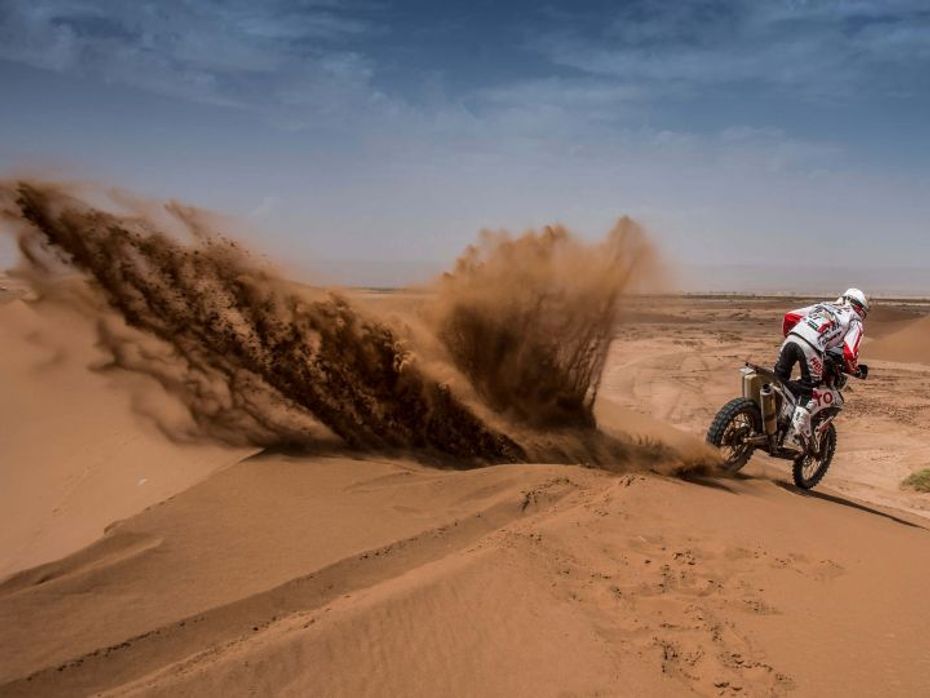
Speaking about the event starting from Peru, Marc Coma, the sporting director of the Dakar, said, "Coming back to Peru, and for longer than in 2012 and 2013, has given us the opportunity to explore unknown territory. Competitors will be faced with all the different landscapes of the country, setting high standards right from the very start of the Dakar. The Bolivian stretch is physically demanding, yet offers stunning landscapes that will test the adventurers to the limits of their endurance. But decisive challenges will still await them in Argentina, where the Dakar theoretically reaches its most difficult part with the Super Fiambala stage. This is where racers will need to stand out from the crowd if they hope to triumph in Córdoba."
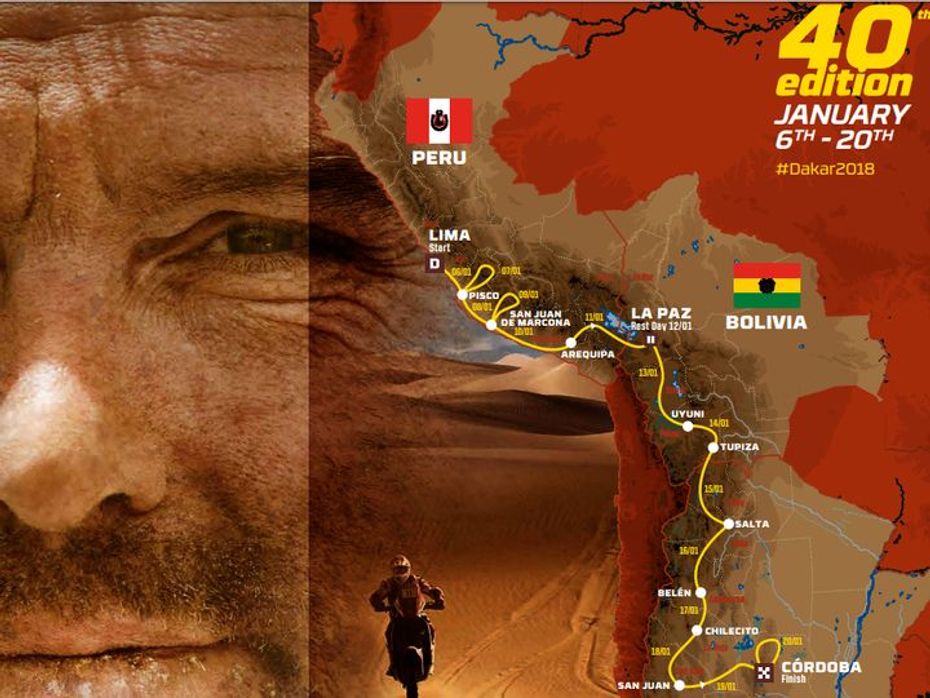
Detailed Dakar 2018 Route Map:
Stage 1 - The first leg of the journey starts from Lima, Peru and ends in La Paz, Bolivia. It consists of six stages. The first leg of the journey has been designed to whet the appetite of the best riders. The five-day stretch of the race will see riders negotiating sandy stages that will test their riding skills. This will also prove to be the best time for riders to strengthen their reflexes to march on for the journey ahead.
Stage 4 & 5 - Bikes will have to take a separate route on these stages as well. The race will commence at daybreak. The crews will, therefore, be the first to discover the sands of Tanaka in a special stage.
Stage 6 - This stage will see riders bid goodbye to the deserts of Peru and proceed towards the mountains. The route becomes faster from this stage onwards and will leave riders hardly any time to take a peek of the lakes along the way. The second bit of the stage will start on the shores of Lake Titicaca. The Bolivian Altiplano would require the competitors and their crew to adjust to racing at an altitude of 2500 metres above sea level. The day off in the capital, which is Stage 7, will help the riders get used to riding at low temperatures.
After the much-needed rest, the second leg of the journey comprises of Stage 7 to Stage 14 before finishing off in Cordoba, Argentina.
Stage 7 - Moving on from La Paz, the rally bikes will require a change in software. The interesting bit here is that the racers will have to install this by themselves. With a new landscape running in the background, the dunes will temporarily disappear from their sight. The riders will have to be extra vigilant on this part of the journey until they reach Uyuni. After reaching the barracks, the vehicles will have to be left at the service park. However, the assistance team will be nowehere in sight and riders will have to take care of any mechanical gremlins all by themselves.
Stage 8 - This part of the marathon stage consists of the longest special stage that covers a distance of nearly 500 kilometres. Before leaving the Altiplano, competitors will have to deal with large sand dunes measuring 3500 metres above sea level. From this stage onwards, rally enthusiasts and the media will be able to get a glimpse of the handful of men and women capable of completing the Dakar.
Stage 9 - At this point, the race enters Argentina. Most of this stage is spread across winding roads and should prove to be a fast stretch.
Stage 10 - The Dakar has basically got all kinds of terrnains covered, but the vast sandy plateaus that the racers will have to ride on are a new addition. This is also the time where the riders will get a chance to cross their paths with assistance vehicles on their way to Belén, which is a part of the special stage. But riders would have to note that this is a navigation contest and they will have to make the most of every second since they will come across a treacherous set of river crossings at the end of the special stage.
Stage 11 - If the weather is particularly hot, it will reduce the firmness of the sand, and this will prove to be one of the toughest stretches in Argentina. Only the fittest riders will be able to shine in this patch of the journey.
Stage 12 - Like the previous stage, this one too requires maximum fitness levels from the rider as they will have to negotiate their way through countless number of twists, turns and stony sections that dot the stage.
Stage 13 - In this stage, riders will get to ride over the dunes of San Juan. They will also have to cross an area of fesh-fesh or fine dust, which will put their nerves to the test.
Stage 14 - The final stage of the rally will see riders complete the 40th edition of Dakar Rally. But before they can celebrate, they will first have to conquer around 30 rivers. This means the riders will have to stay on guard until they complete the very last kilometre.
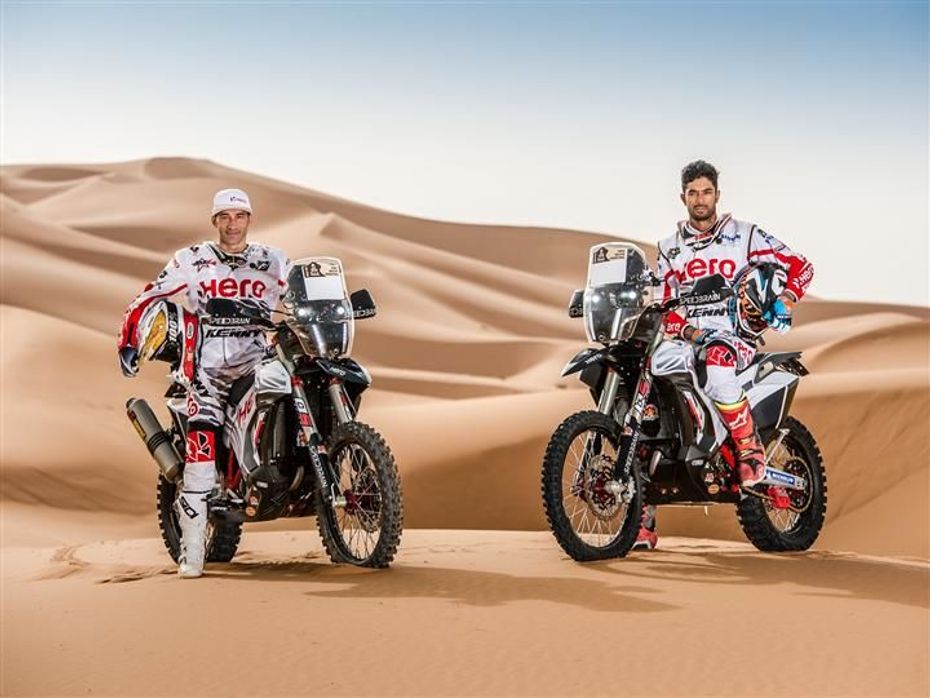
| STAGE | DATE | START AND FINISH | BIKE |
| STAGE 1 | Saturday, January 6, 2018 | Lima / Pisco | 273km |
| STAGE 2 | Sunday, January 7, 2018 | Pisco / Pisco | 279km |
| STAGE 3 | Monday, January 8, 2018 | Pisco / San Juan de Marcona | 504km |
| STAGE 4 | Tuesday, January 9, 2018 | San Juan de Marcona / San Juan de Marcona | 444km |
| STAGE 5 | Wednesday, January 10, 2018 | San Juan de Marcona / Arequipa | 774km |
| STAGE 6 | Thursday, January 11, 2018 | Arequipa / La Paz | 760km |
| REST 1 | Friday, January 12, 2018 | La Paz | |
| STAGE 7 | Saturday, January 13, 2018 | La Paz / Uyuni | 727km |
| STAGE 8 | Sunday, January 14, 2018 | Uyuni / Tupiza | 585km |
| STAGE 9 | Monday, January 15, 2018 | Tupiza / Salta | 755km |
| STAGE 10 | Tuesday, January 16, 2018 | Salta / Belén | 797km |
| STAGE 11 | Wednesday, January 17, 2018 | Belén / Fiambalá / Chilecito | 485km |
| STAGE 12 | Thursday, January 18, 2018 | Fiambalá / Chilecito / San Juan | 723km |
| STAGE 13 | Friday, January 19, 2018 | San Juan / Córdoba | 907km |
| STAGE 14 | Saturday, January 20, 2018 | Córdoba / Córdoba | 286km |

Hero 450 RR Dakar Bike - 5 Interesting Facts

Hero MotoSports Showcases New Rally Bike Ahead Of 2018 Dakar Rally

Talking 2018 Dakar Rally With CS Santosh

Hero Gears Up For Dakar 2018

The 2025 Ather 450 Put Through An Insane Track Attack Challenge...

TVS Apache RTX 300 Adventure Bike Unveiled At Auto Expo 2025

2025 Suzuki Access 125 Launched At Auto Expo 2025

2025 Bajaj Pulsar RS200; Launch In Next Few Days

Hero Xtreme 250R Same Price Other Options: Auto Expo 2025

TVS Jupiter CNG Scooter Unveiled At Auto Expo 2025
India's largest automotive community
 Ultraviolette F77 SuperStreet
Rs. 2.99 Lakh
Ultraviolette F77 SuperStreet
Rs. 2.99 Lakh
 Ola S1 Pro Plus
Rs. 1.54 Lakh
Ola S1 Pro Plus
Rs. 1.54 Lakh
 Ola S1 Pro
Rs. 1.14 Lakh
Ola S1 Pro
Rs. 1.14 Lakh
 Ola S1 X Plus
Rs. 1.07 Lakh
Ola S1 X Plus
Rs. 1.07 Lakh
 Ola S1 X
Rs. 79,999
Ola S1 X
Rs. 79,999